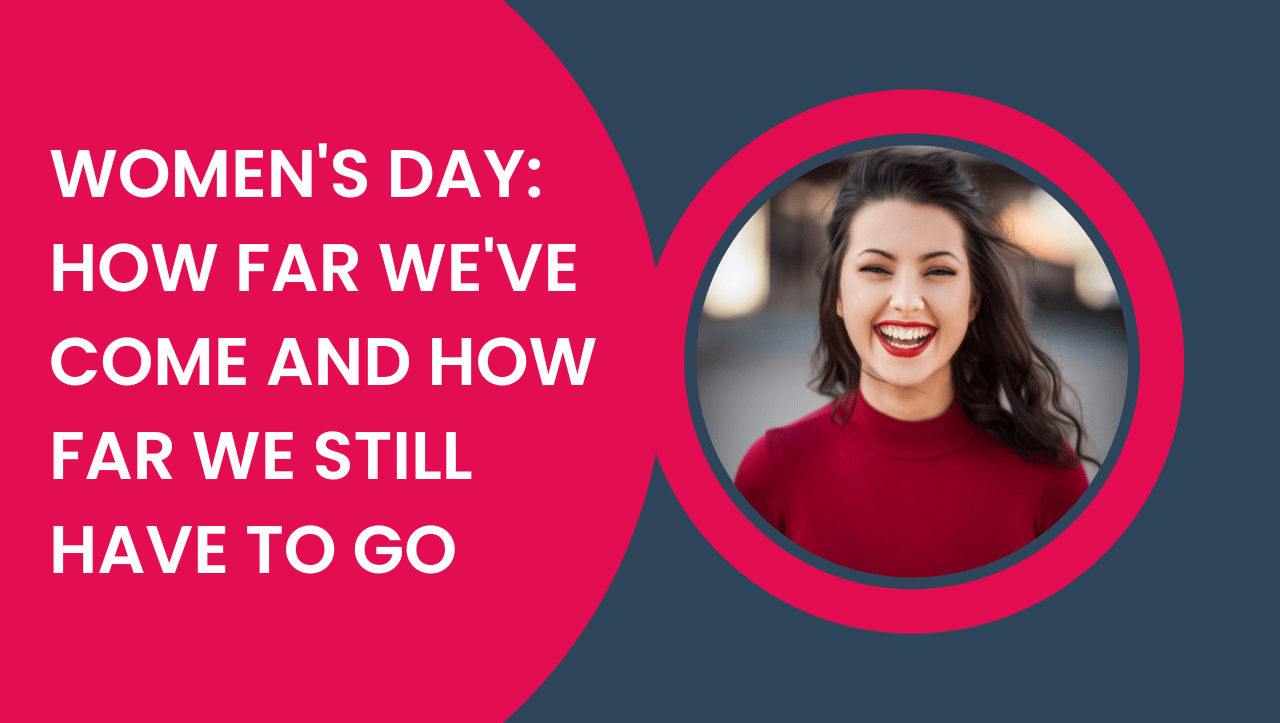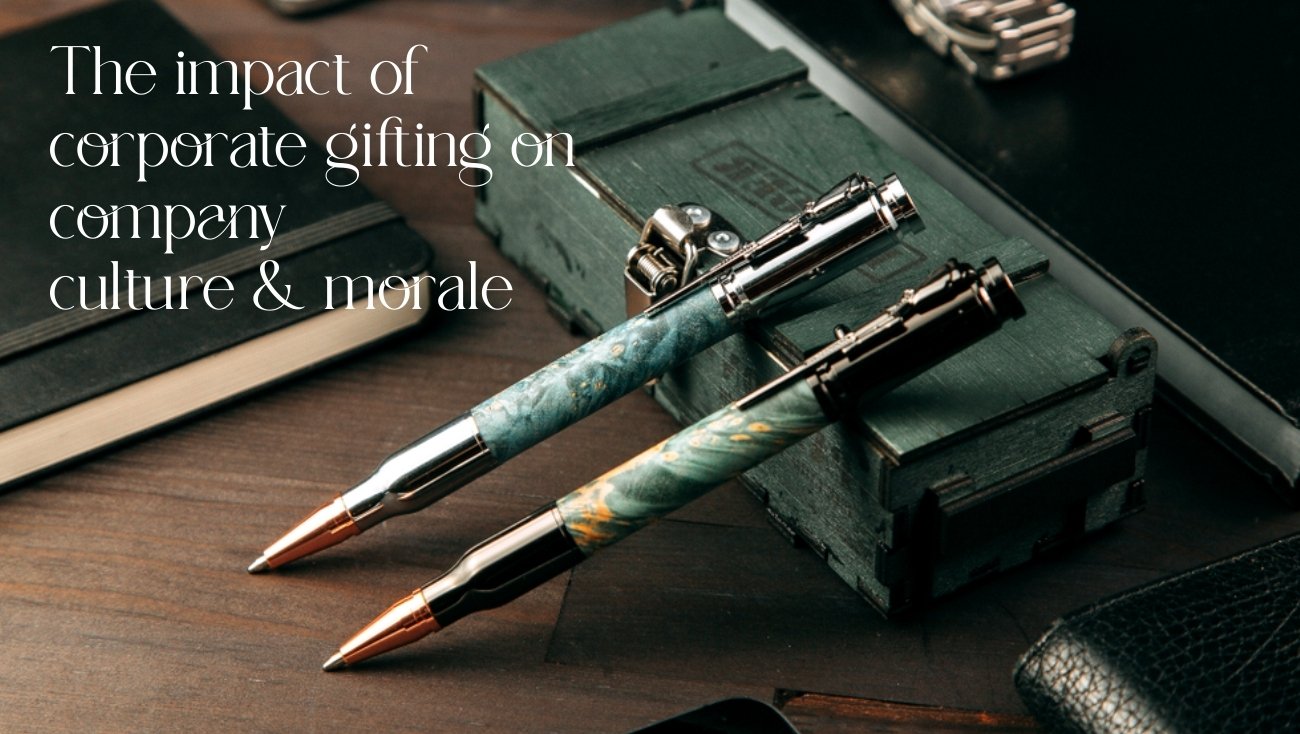What is International Women’s Day and when did it start?
International Women’s Day (IWD) takes place on 8 March every year.
It began life as National Women’s Day in the United States back in February 1909. The following year, at the second International Conference of Working Women in Copenhagen, Denmark, women’s rights activist Clara Zetkin called for an international women’s day to give women a greater voice to further their demands for equal rights.
It was unanimously approved by the female attendees from 17 countries, including Finland’s first three women MPs. International Women’s Day was marked for the first time in March 1911 – and the date was fixed as 8 March in 1913. The UN celebrated it for the first time in 1975 and in 1996 it announced its first annual theme: “Celebrating the past, Planning for the Future”.
How is the day marked around the world?
International Women’s Day is celebrated as a national holiday by countries across the globe, with women often given flowers and gifts – and there are IWD events in major cities worldwide.
On 8 March, 1914, there was a women’s suffrage march in London, calling for women’s right to vote, at which high-profile campaigner Sylvia Pankhurst was arrested.
In 2001, the internationalwomensday.com platform was launched to reignite attention for the day, celebrate women’s achievements and continue to call for gender parity.
On the centenary in 2011, sitting US President Barack Obama called for March to be known as Women’s History Month. He said: “History shows that when women and girls have access to opportunity, societies are more just, economies are more likely to prosper, and governments are more likely to serve the needs of all their people.”
Each year, there are effectively two different themes: one proposed as a campaign theme by the IWD website, which this year is #EmbraceEquity, and the official theme of the UN observance of the day, which this year is ‘DigitALL: Innovation and technology for gender equality’.
The UN will celebrate women and girls who are “championing the advancement of transformative technology and digital education” as well as exploring the impact of the digital gender gap on widening economic and social inequalities.
In September 2022, the UN published a report called Progress on the Sustainable Development Goals: The gender snapshot 2022. It found women’s exclusion from the digital world came at a loss of $1 trillion from the GDP of low- and middle-income countries in the past 10 years. Without action, it’s predicted this loss will grow to $1.5 trillion by 2025.
10 Facts to Inspire You to Take Action for Gender Equality
#1. Each year explores a theme
There are many topics related to women’s rights and gender equality, so it’s only fitting that each International Women’s Day (IWD) highlights a specific theme. 2022’s theme was “Gender equality today for a sustainable tomorrow.” It focused on gender equality in the context of environmental and disaster risk reduction, as well as climate change. These issues affect everyone, but women are in more danger because they make up more of the world’s poorest communities. Focusing each IWD on a specific theme raises awareness of challenges like climate change.
#2. The day has a long history
Today, International Women’s Day is a global event focusing on women’s rights and gender equality, but it originated as part of the labor and voting rights movements. In 1910, Clara Zetkin, a German communist/socialist and women’s rights activist, proposed the idea of an international day at a conference. The 100 women present, who represented 17 countries, all agreed. The first International Women’s Day was celebrated in 1911 in Austria, Denmark, Switzerland, and Germany. It wasn’t until 1977 that the United Nations adopted March 8th as a global holiday. Understanding IWD’s origin helps us better hold to the spirit of the day: radical change.
#3. It’s an opportunity to celebrate women’s accomplishments
History bursts with important events that have made the world a better place. Women have always played essential roles in the movements for voting rights, civil rights, LGBTQ+ rights, labor rights, children’s rights, and much more. They’ve also accomplished great things in every field, including medicine, science, literature, and politics. International Women’s Day is a great opportunity to recognize all these successes.
#4. The day highlights the work that remains to be done
While International Women’s Day celebrates how far women’s rights and gender equality have come, it’s also important to recognize what still needs to be done. According to the United Nations, women make up 70% of the world’s 1.3 billion people in poverty. Of those displaced by climate-related disasters, 80% are women and girls. The pandemic worsened things for women and girls, as well. A study published in The Lancet found that women experienced worse social and economic consequences than men. It will take a Explore more
#5. It’s an opportunity to raise funds for women’s issues
When International Women’s Day comes along, it’s a great opportunity to donate to respected organizations working for gender equality and women’s rights. There are many to choose from including international organizations like The Center for Reproductive Rights, Amnesty International, Save the Children, and Global Grassroots. Many local organizations and activists plan special campaigns for IWD, so check your local area if you want to donate or promote a fundraising event.
#6. It’s an opportunity for schools and organizations to provide education
While women’s rights and gender equality are always important topics to learn about, international days are opportunities for more focused education and awareness. By marking a specific day, there’s a concentrated influx of info and education that isn’t normally present. Schools can find resources online or host events, workshops, and other collaborations. Any organization can take advantage of IWD to focus on the women’s rights most relevant to their mission. For example, a clothing brand can provide education on the garment industry’s history of exploitation, as well as initiatives to improve the treatment of female workers.
#7. It’s an opportunity to check on corporations that claim to be progressive
Lots of corporations use the language of progress and the promise of gender equality for good branding. Many don’t follow through. International Women’s Day is a great day to check on corporations and see if they’re pursuing gender equality, whether it’s giving money toward causes or improving parity within their own organization. Many corporations make promises on IWD, so take note of any you see and commit to checking in later. Like governments, corporations should be held accountable for their women’s rights records.
#8. The day connects people from around the world
As the name says, International Women’s Day is about women from all around the world. IWD is a day to celebrate activists on a global level, raising awareness of their work and the challenges they face. It’s also a great opportunity to network and connect with people committed to gender equality. Thanks to social media, connection on an international level is much easier than in the past. Connections made because of IWD can lead to long-term collaboration, friendships, and financial support.
#9. It’s an opportunity to reflect on your own life
Our world has a long history of discrimination against women (which has intersectional implications), so anyone can have biases whether they know it or not. International Women’s Day provides an opportunity to reflect on your own beliefs and craft a personal action plan. Think about areas where you might be uneducated or where you might have biases involving gender, sexuality, race, and so on. Commit to being more aware of your actions and educate yourself through books, classes, or other resources.
#10. International Women’s Day is a call to action
IWD matters because at its core, it’s a rallying cry. Some may use it to promote a rose-colored view of the world, but it’s an essential reminder that progress doesn’t happen by accident. All the accomplishments and successes the world celebrates didn’t come easily, but they prove what’s possible. As a call to action, International Women’s Day tells us to look at where we’ve been, see how far we’ve come, and keep fighting for more.
There are more than 250 million women alive today who were married before their 15th birthday, many against their will. This is a worldwide problem driven by deep-rooted patriarchal beliefs that girls only have value in roles as traditional housewives and homemakers, therefore it is not worth investing time and money into education or a life beyond marriage. The pandemic has exacerbated the issue: according to UN Women, 10 million more girls are at risk of becoming child brides by 2030 as a direct result of COVID-19.
According to the World Health Organisation, it is estimated that one in three women will experience some kind of physical or sexual abuse in her lifetime. As a result of national lockdowns, cases of domestic abuse skyrocketed in what the UN called the ‘shadow pandemic’. Calls to domestic violence helplines increased during the pandemic by 40% in Malaysia, 50% in China and Somalia and a huge 79% in Colombia.
The Global Gender Gap Report 2021 found that at our current rate, it will take another 135.6 years to achieve equality between men and women globally. Like many points on this list, the gender gap has only been worsened by the pandemic, with women facing higher redundancy rates and greater job instability as a result of economic shock – reports suggest that 5% of all employed women lost their jobs, compared with 3.9% of employed men. Data from LinkedIn also showed a decline of women’s hiring into leadership roles, creating a reversal of 1 to 2 years of progress across multiple industries.
Yes, you read that correctly: more men called John than women holding leadership roles. According to the 2018 Women in the Workplace report, only 38% of management positions are held by women. And for those that do break the glass ceiling, they are twice as likely as men to be mistaken for junior employees. Despite everything going on in 2020, some good news was that about 8% of Fortune 500 companies had female CEOs – an all time high, but still far from the 50% we want to see.
In the 93 year history of the Academy Awards, just eight women have been nominated in the Best Director category. Ever. Until Chloé Zhao’s win in 2021 for Nomadland, the only winner was Kathryn Bigelow in 2010 for the film The Hurt Locker. The character of The Joker, on the other hand, has earned an Oscar for both Heath Ledger (Best Supporting Actor, 2009) and Joaquin Phoenix (Best Actor, 2020).
We all know that when we educate girls we enrich both individuals and communities – in every sense of the word too, from better employment prospects to better healthcare, educating young girls is essential. When girls miss out on education this increases the risk of forced marriage, trafficking and poverty. According to UN Women, half of all refugee girls enrolled in secondary school before the pandemic will not return to school, and in sub-Saharan Africa, up to 1 million girls may drop out of school due to pregnancy during the COVID-19 crisis. There’s still a long way to go, but we can celebrate that two thirds of developing countries have now achieved gender equality in primary education.
Saudi Arabia is among the countries that bar women from opening a bank account or obtaining credit without permission from a guardian, while others require a woman to be married before she can access financial services. More research from The World Bank shows that even in areas where women don’t have these restrictions, only 65% of women have bank accounts in comparison to 72% of men. Some countries are putting in serious work to try and close this gender gap, such as India, where current statistics show 83% of men have a bank account compared to 77% of women – a gap that has narrowed to 6% from 20% in 2014.
According to a 2019 study by the Mental Health Foundation, 10% of women have felt so bad about their appearance that they have self-harmed. In a similar survey, King’s University found that 87% of women compare their body to images they consume on social and traditional media, and 50% of those compare them unfavourably. Campaigns such as ‘Be Real’ are working to combat body image issues by encouraging people to take a pledge to champion body positivity.
The coronavirus pandemic has truly shown us all how much we rely on the essential workers who run our health services. Globally women make up the majority of the workforce in this sector, but are underrepresented in leadership and also paid less than their male counterparts. What’s worse is that much of the early PPE was sized to fit men, leaving women on the frontline unnecessarily exposed to the virus.
With the rise in homeschooling as a result of lockdowns, women have ended up bearing the brunt of the increased domestic workload. Whether that means teaching children, managing the household, cooking or cleaning, women took on three times more work around the house and unpaid care compared to men even before the pandemic. Since then, data from 16
countries has shown that women with children at home spent 31 hours per week on childcare during COVID-19 – up from 26 hours previously.
Because of so many factors already on this list, it isn’t a surprise that women face higher poverty rates than men – wage inequality, unpaid labour, unemployment, the gender education gap. According to an American Progress report, 12.9% of women in the US were living in poverty in 2018, with the highest rates found amongst Native Americans, Native Alaskans, Black women and those from a Hispanic background.






